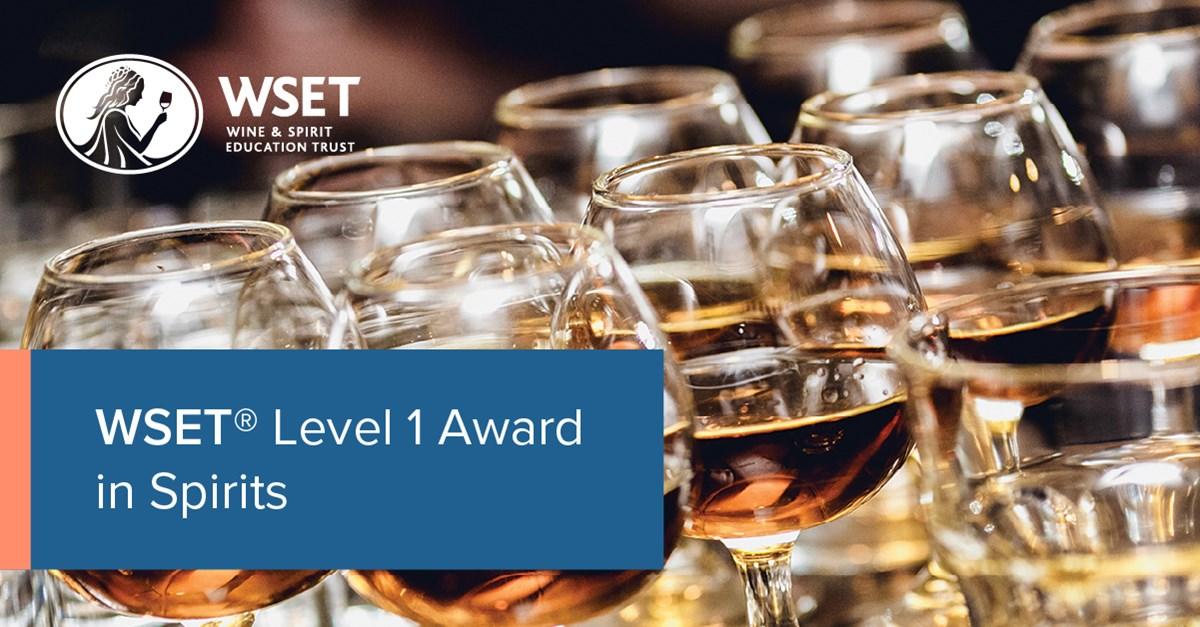Attached study note for WSET Level 1 Award in Spirits. I have also included a mini Q&A that posted answers to questions that I have raised while studying the course material. The material presented in Q&A might not be relevant to the examination and at times might not be included in the course material.
This section contains comparison of the different spirits type in terms of locations, raw materials, fermentation process, distillation, post-distillation, aromas, flavor, blending, colors, sweetness and other short notes.
| Type | Flavoured Spirits | Flavoured Spirits – Gin | Flavoured Spirits – Bitter Spirits and cocktail bitters | Flavoured Spirits – Spiced Rum | Flavoured Spirits – Liquer |
| Location | |||||
| Raw Material | No need to start from Raw material, usually start from pre-made spirit. Most are from neutral spirit, rum, whisky and brandy are occassionaly used. | Common Gin Botanical: 1. Juniper [predominent flavour] 2. Angelical root 3. Coriander seed 4. Orris Seed 5. Citrus peel | Bitter Spirits Botanical: 1. Gentian 2. Quinine 3. Bitter Orange | Using Rum instead of neutral spirit as base. | Most are made from neutral spirit. Brandy, rum or whikey are used too. Cream. |
| Fermentation | |||||
| Distillation | Re-distillation ProcessDiluted neutral spirit is pot distilled with botanicals. Most producers use bought-in flavours. | ||||
| Post-Distillation | Unaged | Unaged | |||
| Aroma | |||||
| Flavour | Gets flavour from Botanicals (fruits, seeds, spices, herbs). Artificially floavour also used. | ||||
| Blending | |||||
| Colors | Typically ColorlessMacerationBotanicals are soaked in spirits to give it flavour and color. Heating speed up the extraction process. | Artificial color are used often as natural coloring due to maceration fade quickly. | |||
| Sugar | Sugar and sweetener are added after flavouring process. | ||||
| Notes | London Dry Gin Here are some of the main requirements for London Dry Gin: It must be distilled with a base spirit that is fermented naturally from grains. This base spirit must reach a certain alcohol level before the botanicals are added. The flavoring for the gin is achieved through re-distillation with botanicals, with the primary flavor being juniper berries. It is during this re-distillation process that the base spirit becomes gin. No artificial ingredients can be added, and any flavors must be introduced during the distillation process rather than added later. After distillation, only water and a small amount of sugar (less than 0.1g of sugar per litre) may be added. No other additives are allowed. The final product must be at least 37.5% alcohol by volume. It’s important to note that despite the name, London Dry Gin doesn’t have to be made in London – or even in England. “London Dry” refers to the style and method of production, not the geographic origin. | Cocktail Bitter Highly concentrated and intensely bitter spirit. Not drink on their own, but added to cocktail to increase complexity in the drink. |

